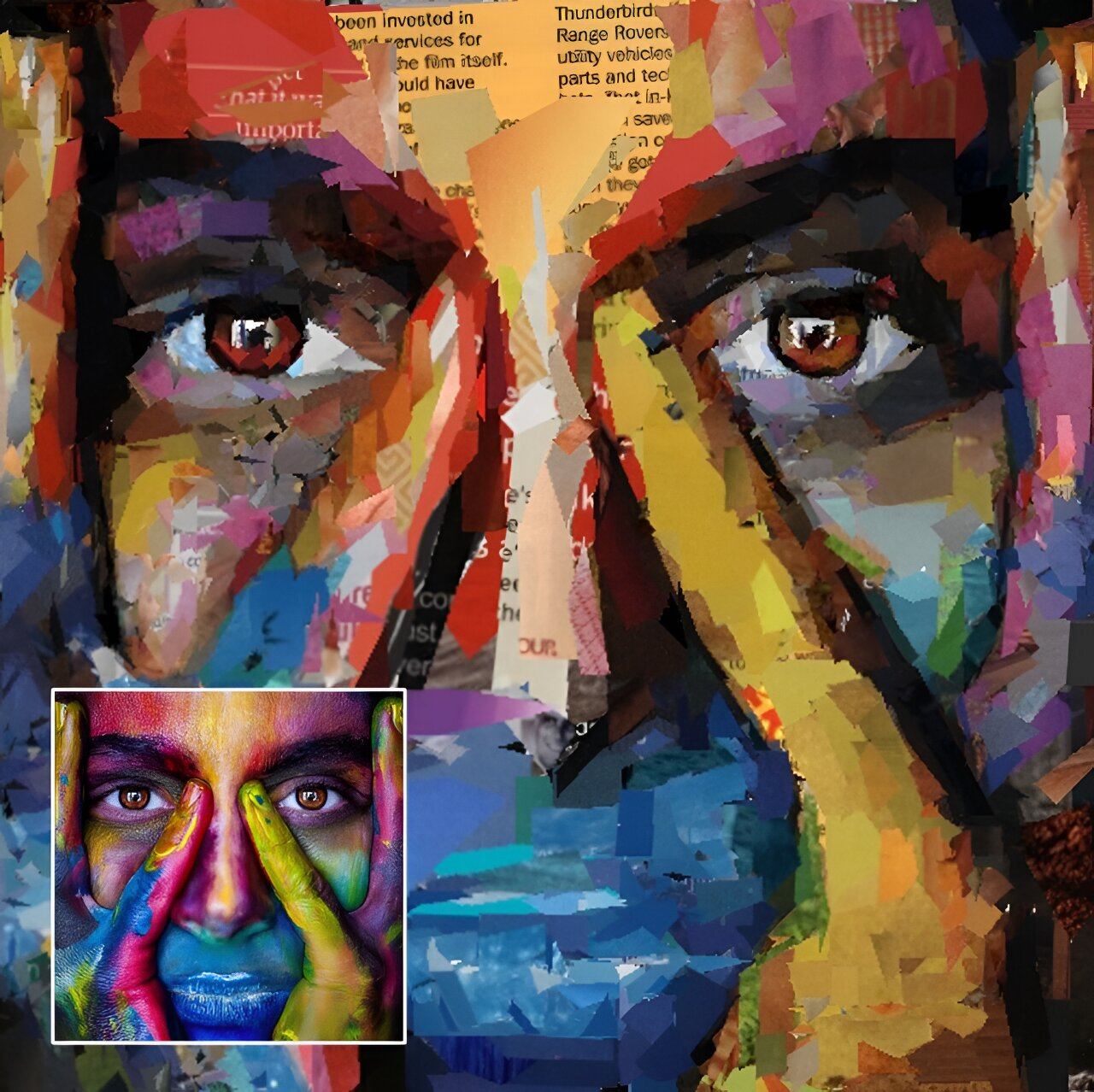Creating Artistic Collages Using Reinforcement Learning
Introduction
Artificial Intelligence (AI) has been making significant strides in various artistic domains, including painting and image generation. However, the creation of collages, which requires high human artistry, has remained a challenge for AI systems. A recent study conducted by researchers at Seoul National University aimed to train an AI agent to create collages using reinforcement learning techniques. In this article, we will explore the methodology and findings of this study, as well as the potential implications for the field of AI-generated artwork.
Reinforcement Learning for Collage Creation
The primary objective of the researchers’ study was to train an AI agent to create collages that closely resemble target images using reinforcement learning. Unlike existing AI image generation tools that can only produce “collage-imitations” from pixels, the researchers aimed to train an AI model capable of creating “real collages” by tearing and pasting multiple materials together. To achieve this, they used a set of materials provided by human users and developed a reinforcement learning-based autonomous collage artwork generator.
Training Process
The training process involved teaching the AI agent to understand what a collage is and how to create one effectively. Initially, the model performed poorly, but over time, its skills improved significantly. The researchers used a reward-based system, where the AI agent learned to make the reward bigger by improving the similarity between its canvas and the target image. The reward function evolved over time, allowing the model to better evaluate the similarity between the agent-made collage and the target image.
During training, the model was fed a randomly assigned image and attempted to create a collage reproducing that image on a white canvas. At each step of the collage creation process, the agent selected a random material and decided how to cut, scrap, and paste it onto the canvas. The randomness in the selection of target images and materials during training enabled the model to deal with any combination of targets and materials in future scenarios.
Model-Based Reinforcement Learning
Creating collages involves understanding the characteristics of various materials and manipulating them to create image fragments that fit into the overall collage. The researchers developed a differentiable collaging environment that allowed the AI agent to track the dynamics of the collage easily. This enabled them to apply model-based reinforcement learning (RL) and enhance the model’s performance. The researchers drew inspiration from their previous work on RL-based painting generation but developed their own model-based RL algorithm tailored to the complexities of collage creation.
Analyzing Target Image Complexity
To enhance the aesthetic quality of the collages, the researchers developed a module for analyzing target image complexity. This module assigned more workload to the partial collage generator in areas where the complexity of the image was high. By understanding the complexity of the target image, the AI agent could allocate its resources effectively and produce high-resolution collages that closely resembled the target images.
Evaluating Collage Quality
Evaluating the quality of AI-generated collages is a subjective task. To gather feedback on the collages created by the AI agent, the researchers conducted a user study, where human participants shared their opinions and impressions. However, to achieve a more objective evaluation, the researchers also utilized CLIP, a large vision-language pre-trained model. CLIP was trained on a vast dataset of text-image pairs and could evaluate the generated collages based on their collage-ness and content consistency.
The results from both the user study and the CLIP-based evaluation showed that the model developed by the researchers outperformed other pixel-based generation models for collage creation. The AI agent’s ability to generate collages without any artistic data or knowledge demonstrated the power of reinforcement learning as a data-free learning domain.
Potential Applications and Future Work
The trained AI model shows promise in generating collages that resemble target images. With further development and testing, it could be applied to humanoid robots or robotic hands to create physical collages. The researchers are also interested in developing strategies that allow the model to accommodate various style preferences. They envision creating a user-interactive interface that can incorporate user preferences during the collage creation process.
The findings of this study open up possibilities for AI-generated artwork in various domains. By training AI agents to understand and replicate the intricacies of art forms like collages, we can explore new avenues for creativity and expression through AI.
Conclusion
The researchers at Seoul National University successfully trained an AI agent to create collages using reinforcement learning techniques. Through a reward-based system and a model-based RL algorithm, the AI agent learned to generate collages that closely resembled target images. The evaluation of the collages showed that the model outperformed other pixel-based generation models. The study’s findings have implications for the development of AI-generated artwork and open up new possibilities for creative expression through AI. As further research is conducted, we can expect to see advancements in AI-generated collages and their applications in various artistic domains.
